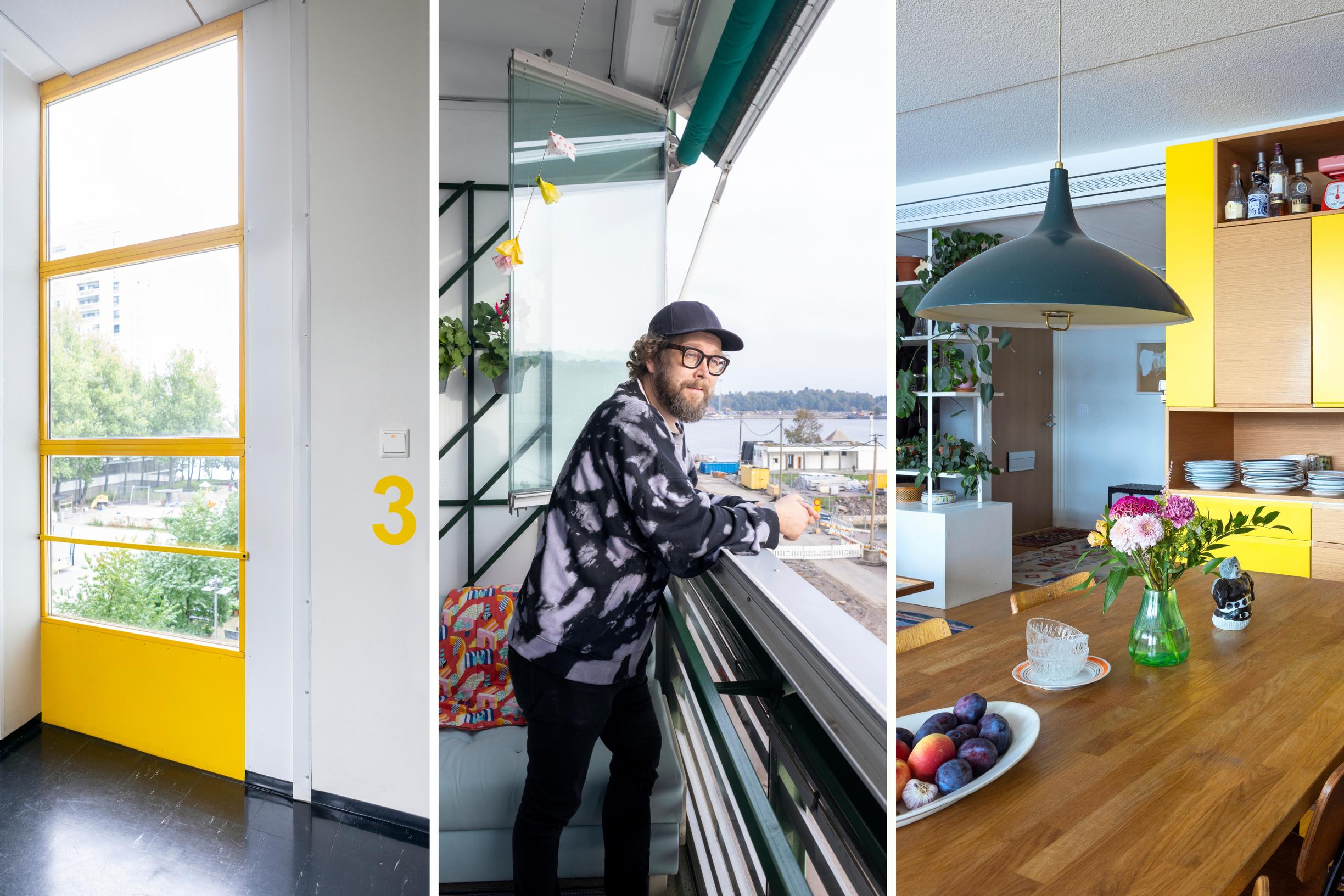
Sea views meet concrete brutalism—a family home with swimming and kayaking just steps away from the front door
The focal point of Jussi and Maija’s art-filled Helsinki home is a sunflower-yellow kitchen. The designers chose the color from the brutalist building’s 1970s façade and stairwell.
Graphic designer Jussi Karjalainen and his family live in Merihaka, Helsinki, in a brutalist concrete complex from the 1970s. From their balcony, they can see across the water all the way to Korkeasaari Zoo, and they can swim or kayak right outside the front door.
“When we came to see the apartment and noticed the sea view from the living room, our entire family was sold. Through the windows, we could see the old buildings of the Kruununhaka and Katajanokka districts, the sailboats at the Pohjoisranta marina, and the lush greenery of Tervasaari and Korkeasaari islands. We never imagined we could live in a home with such a view.
“Merihaka divides opinions.”

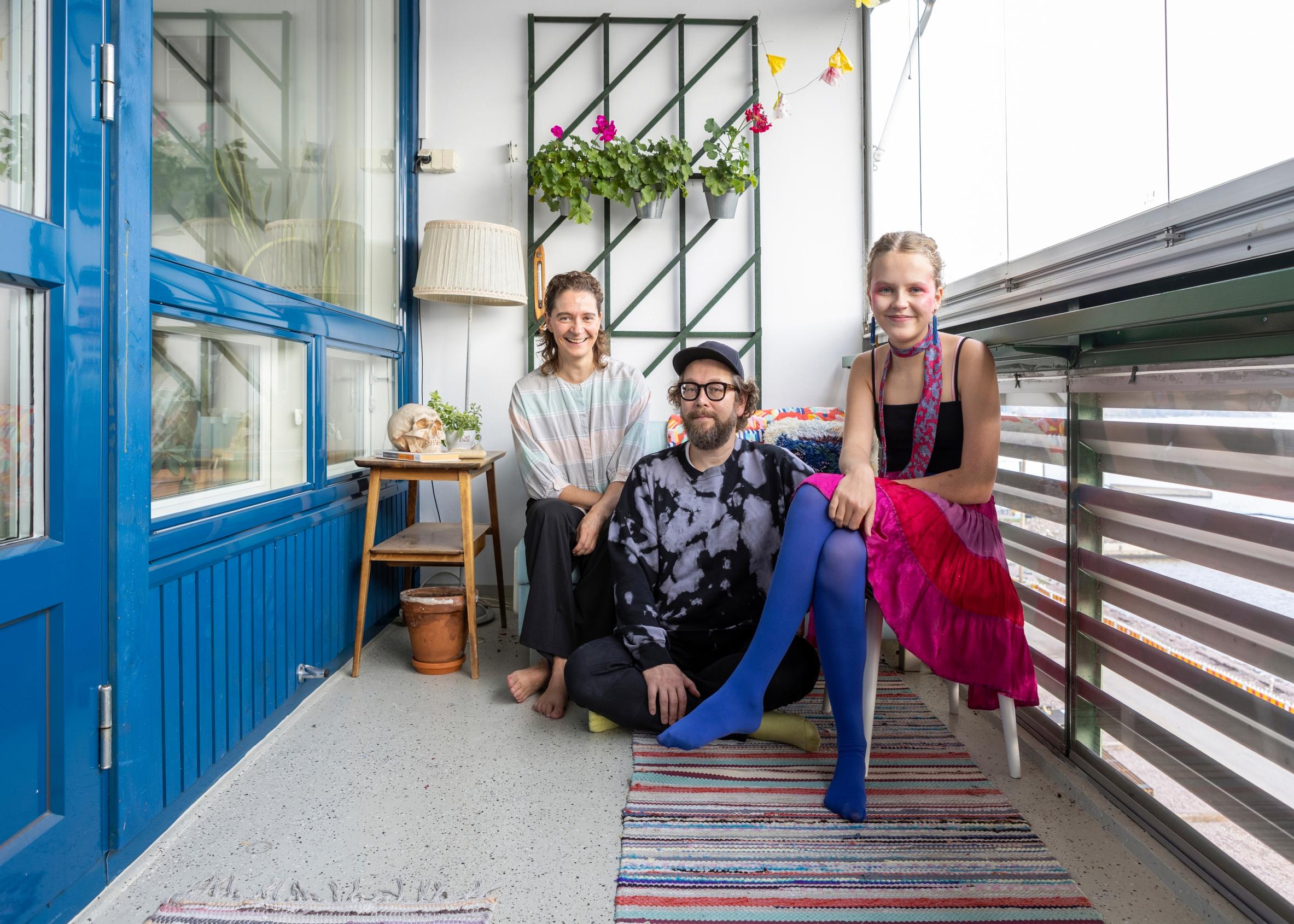
Home: An apartment in a 1974-built apartment building in Helsinki’s Merihaka, 3 rooms + living room + kitchen + balcony + bathroom and toilet, 85 m².
Living here: Graphic designer Jussi Karjalainen, spouse Maija Sarpo and their 14-year-old twins Anja and Veikko.
The summer of 2018 was scorching, and we spent it renovating. We tore down the bumpy fiber wallpaper in a sweaty rush. We removed the old kitchen and replaced it with Veikko’s room, then moved the kitchen to connect with the living room. I’ve always preferred a separate kitchen, but in this home, the combined living room-kitchen works very well. We brought in Solmu Design, run by our friends Kasper Tammela and Elina Warsta. We wanted the kitchen to look as little like a kitchen as possible, since it’s so visible. That wish was perfectly fulfilled. Elina chose the bright yellow from our building’s façade and stairwells, and the brown hue came from our oak dining table. The result is like a playful puzzle, and the kitchen is now the heart of our home.

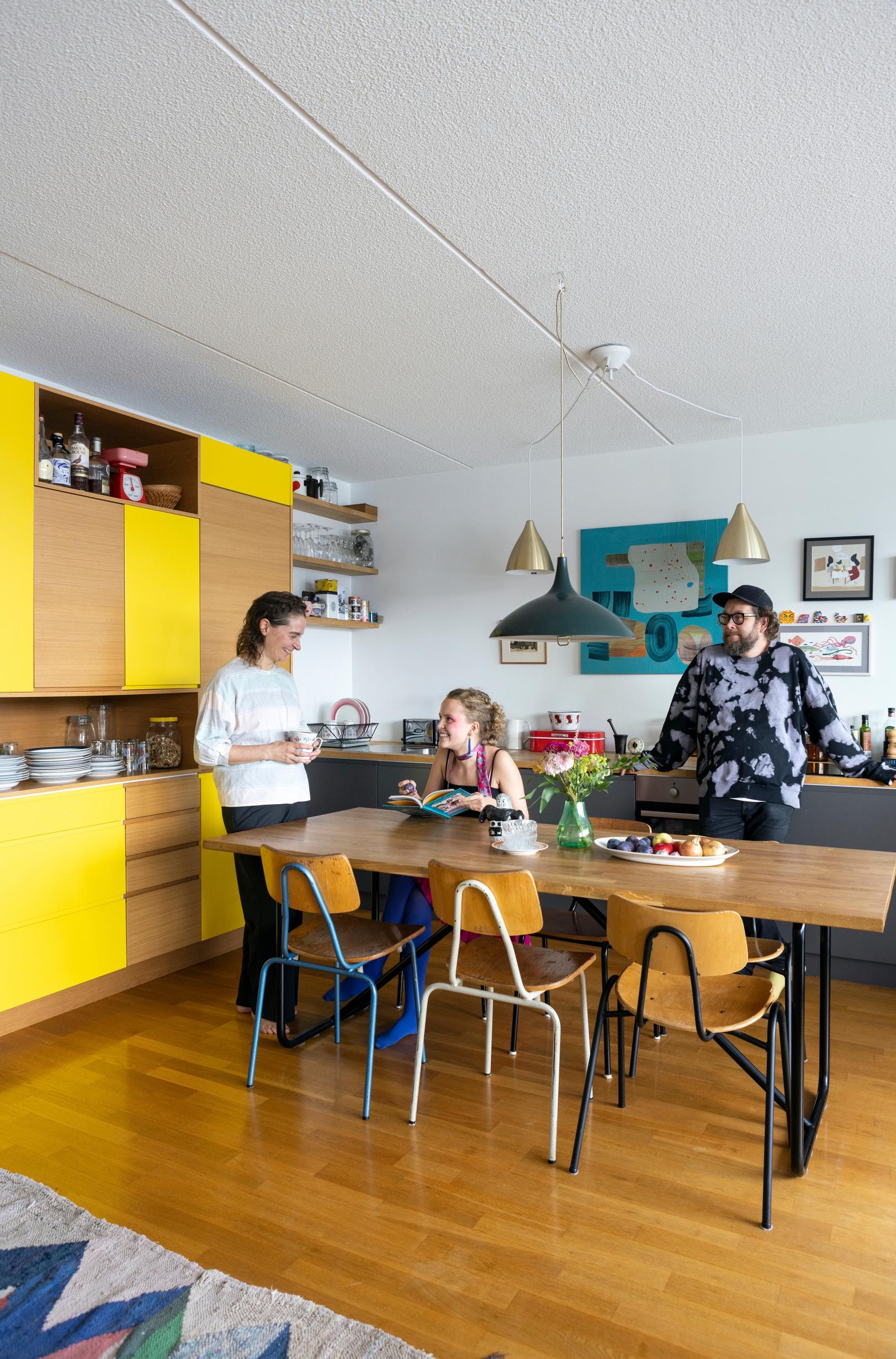

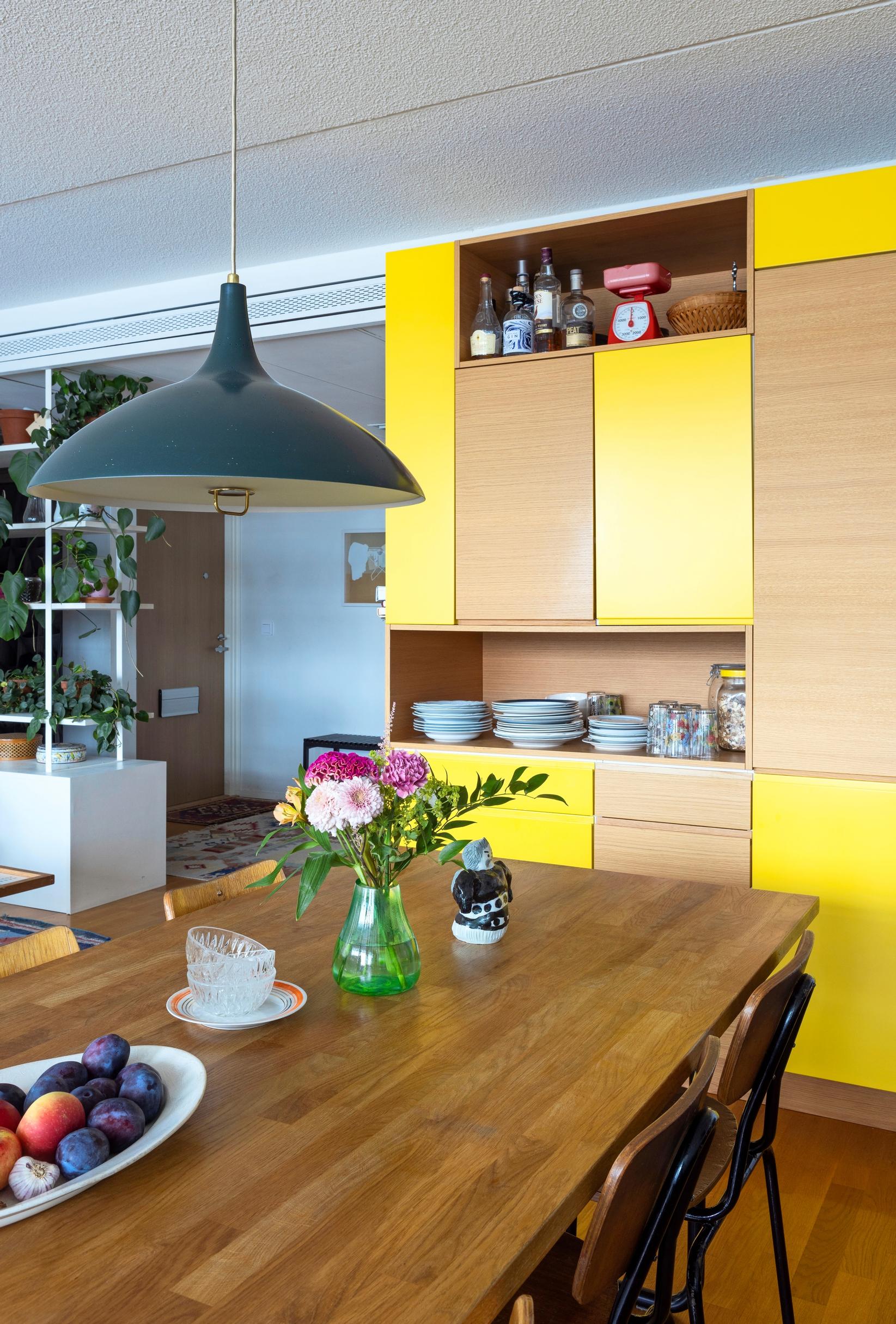

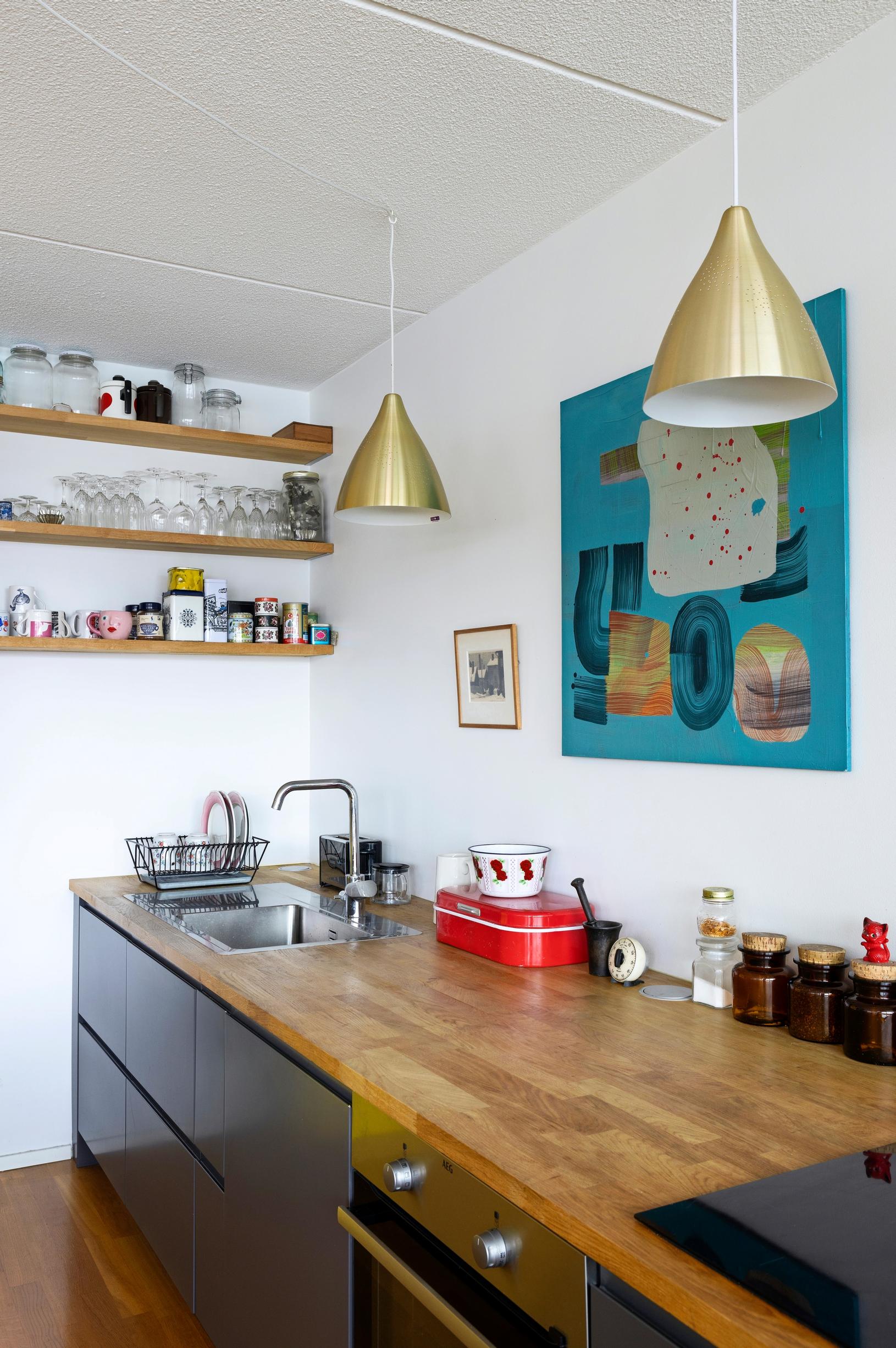

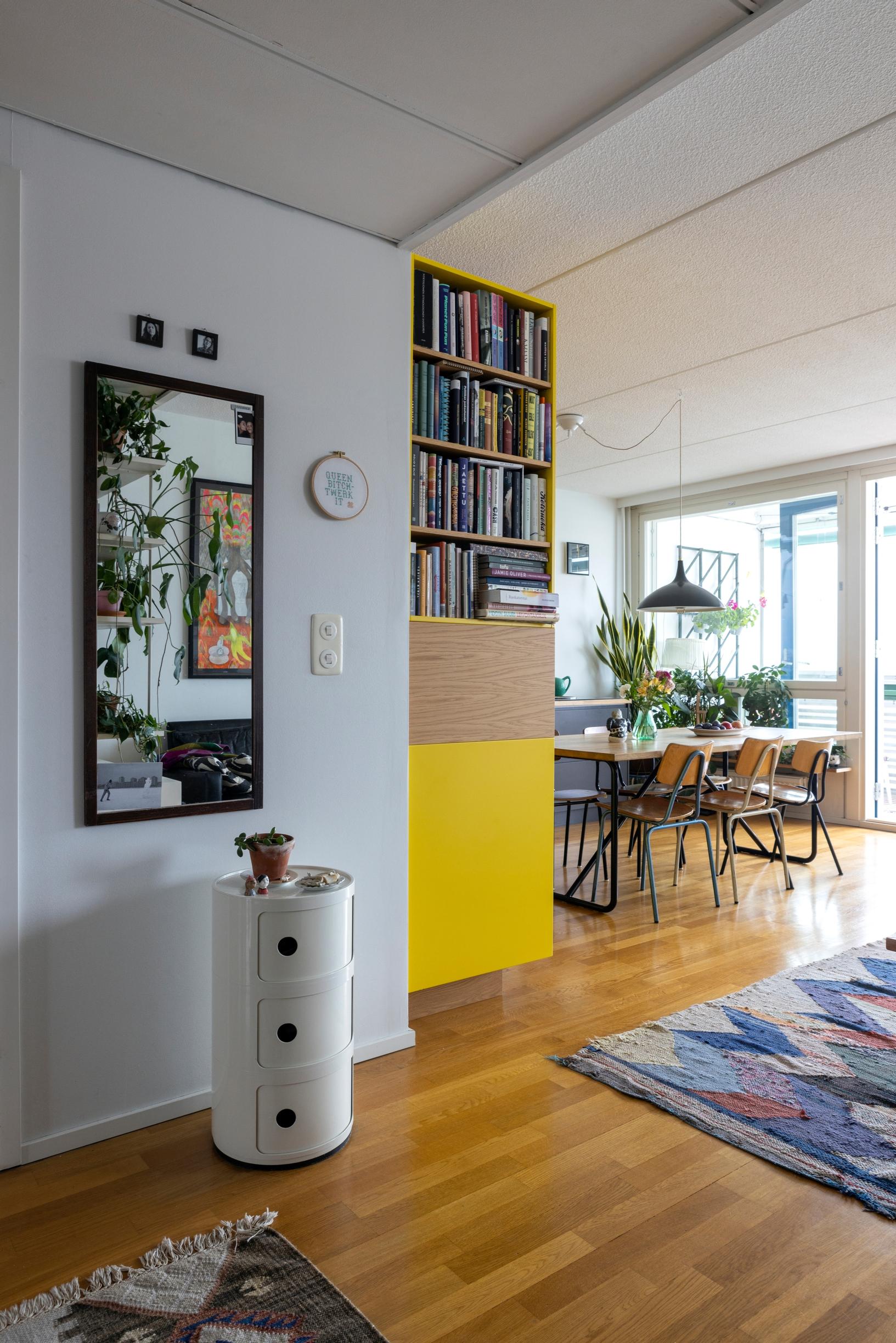
We’ve barely bought any furniture new. I love having items with a story behind them. Our coffee table is made from a nautical chart we found one summer night about 20 years ago while walking home from a bar. It was lying on the street, and after checking to see if anyone would claim it, we carried it home.

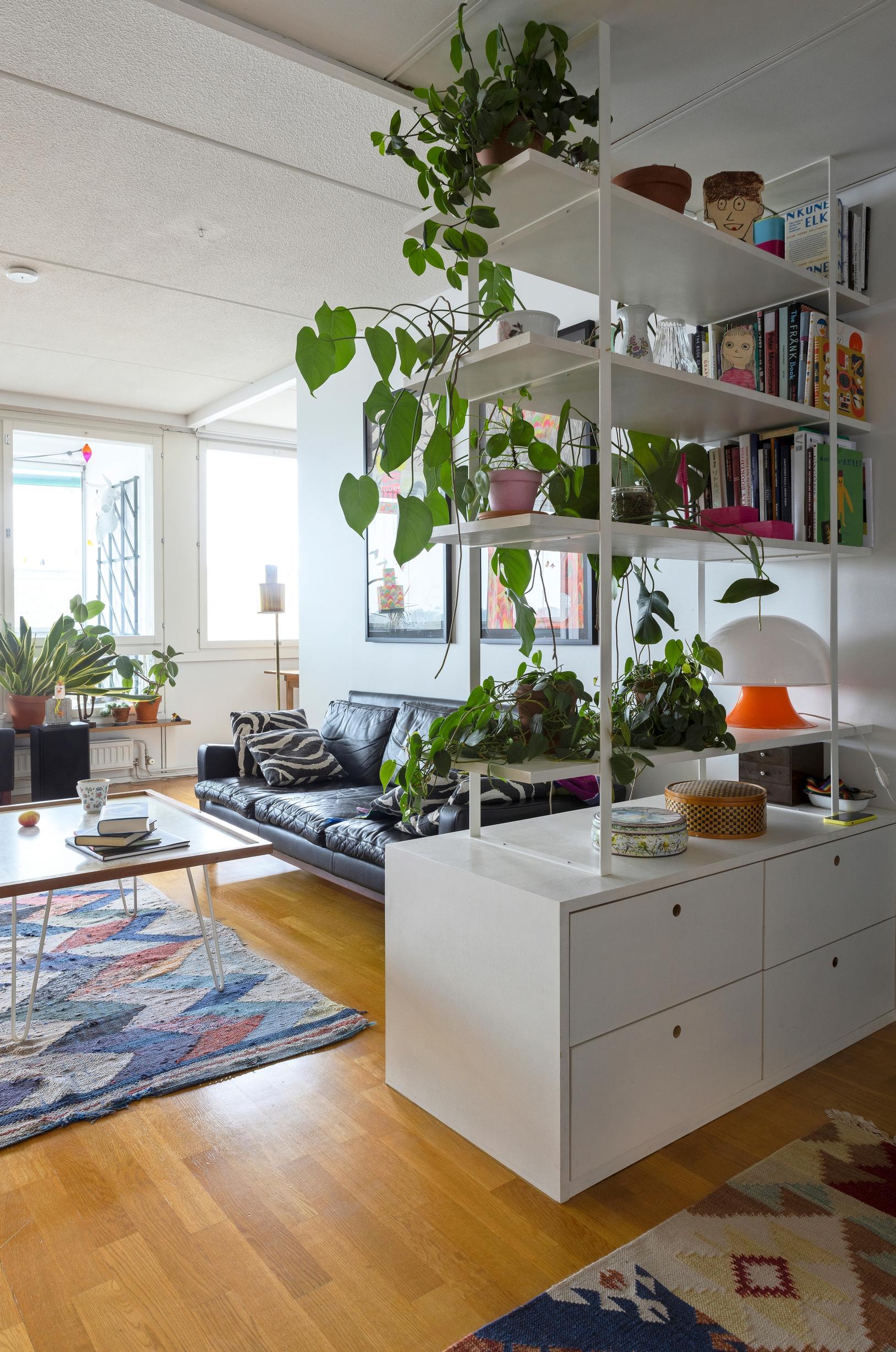

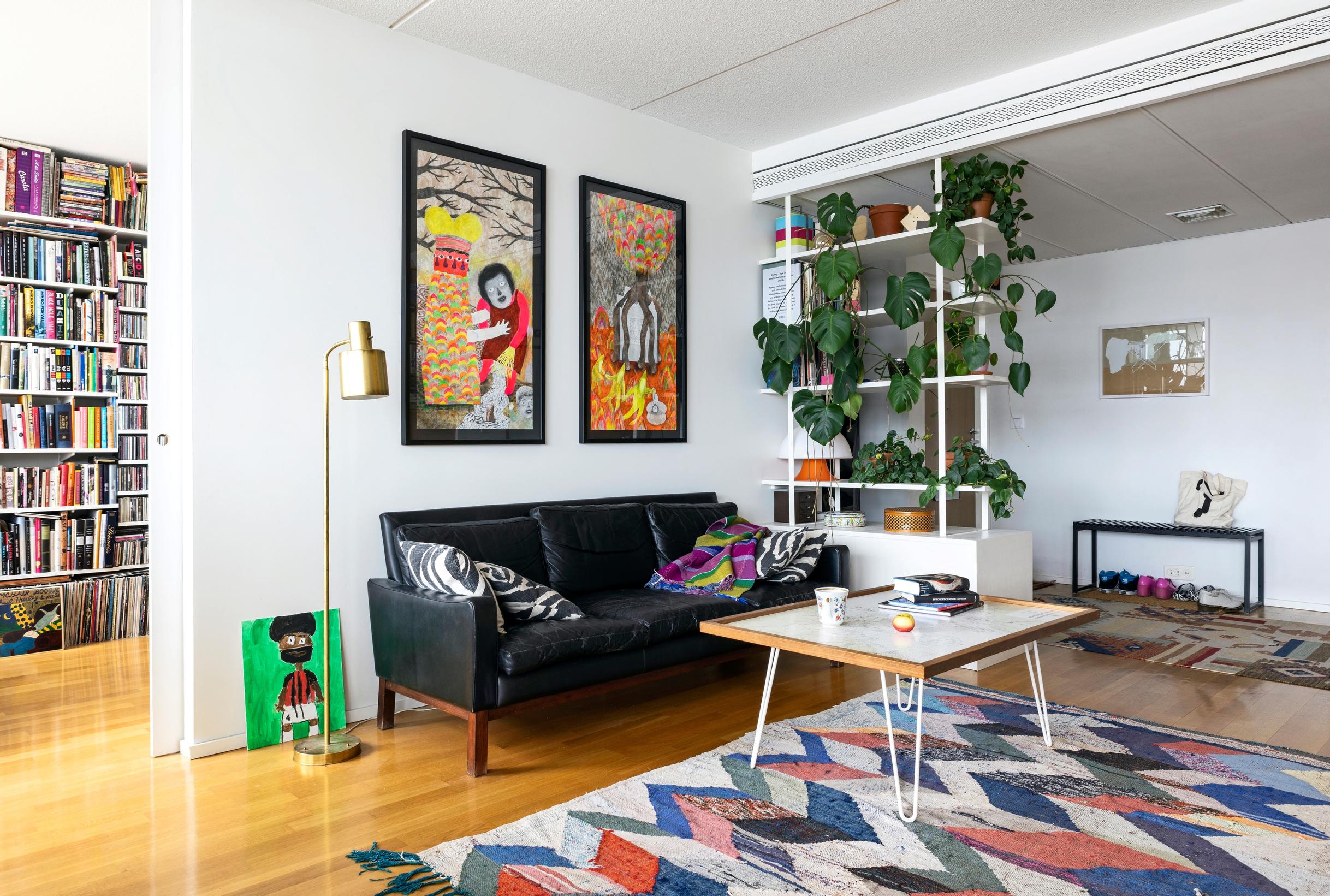

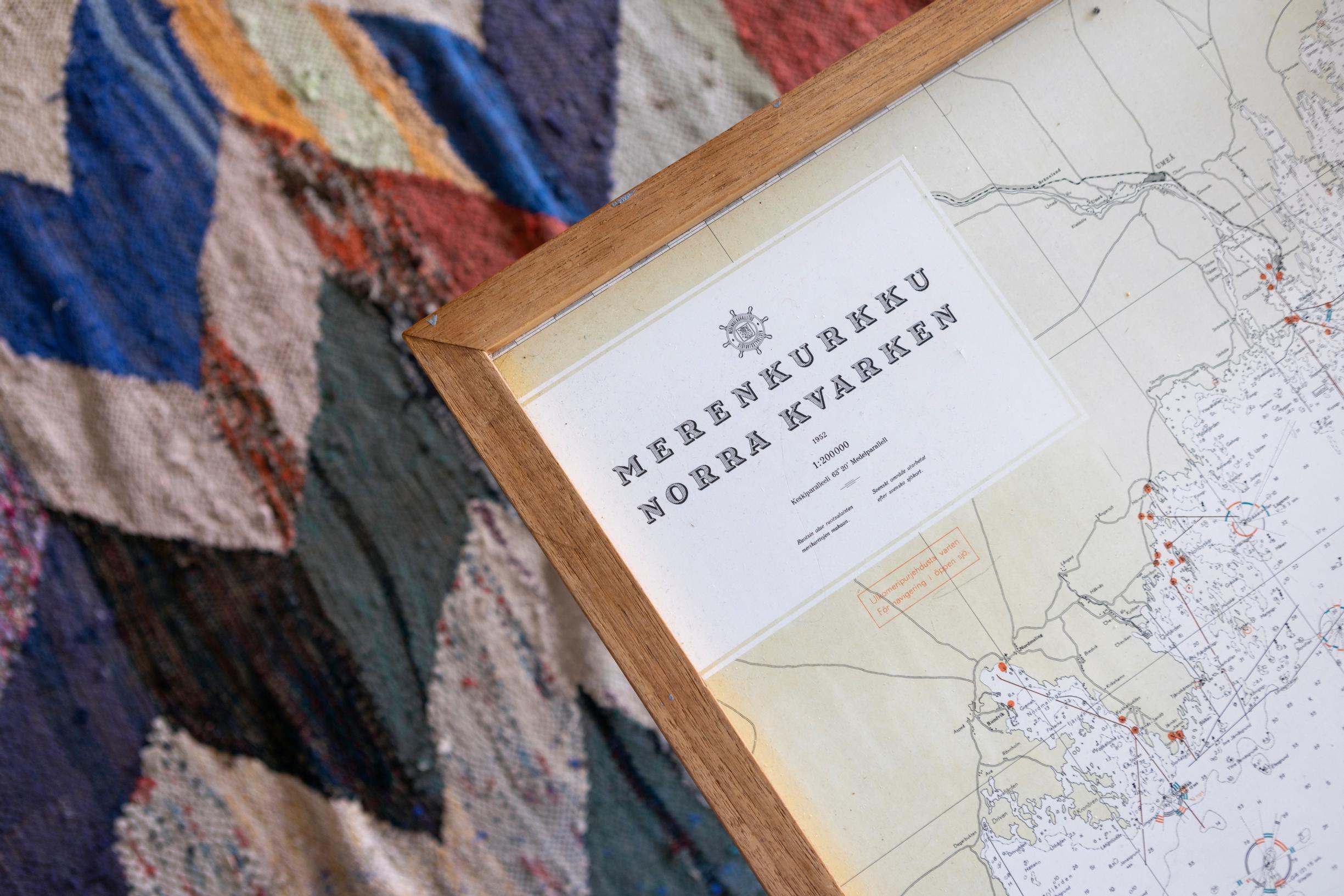

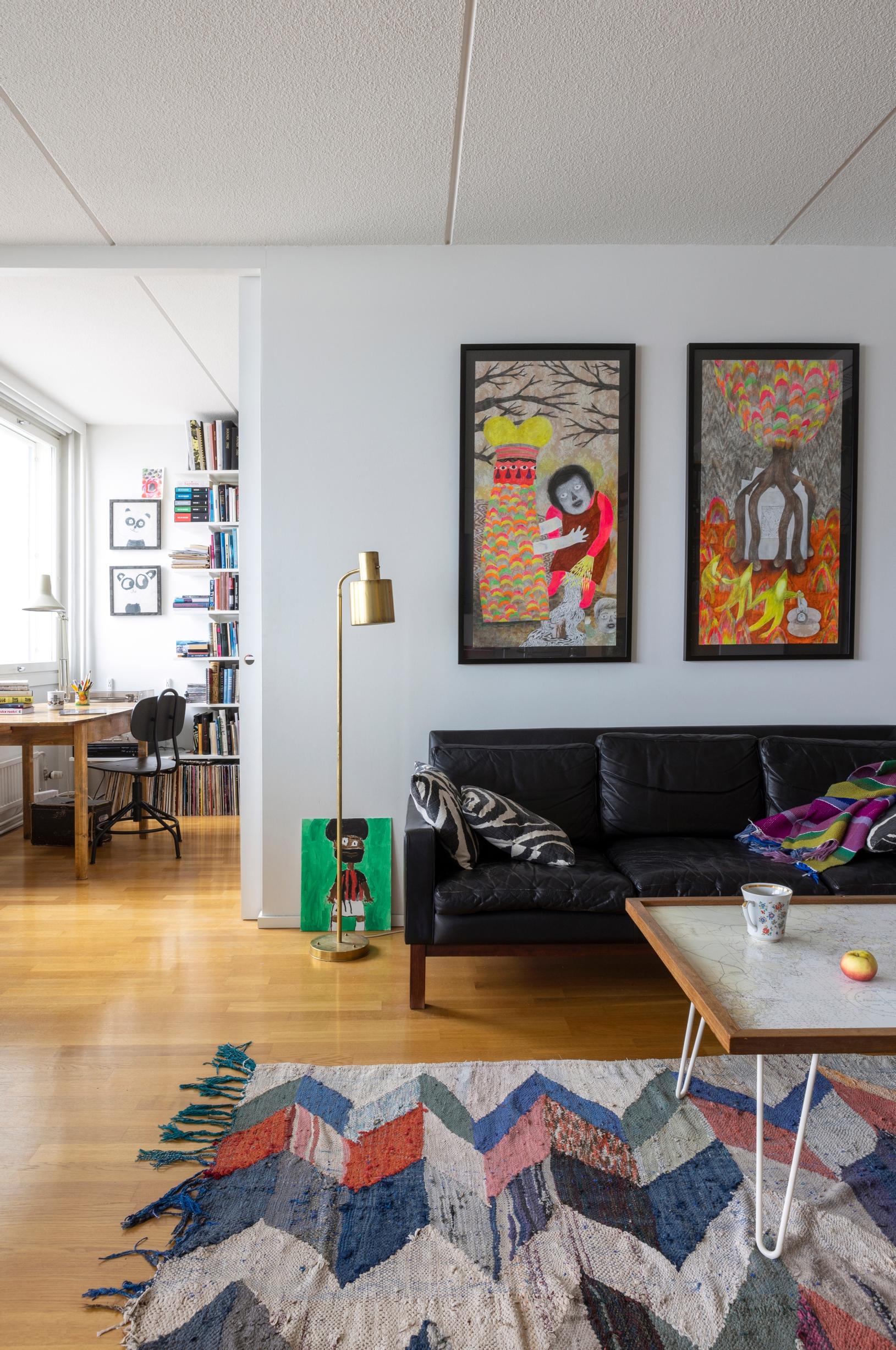
“We don’t have a regular TV at all, and why would we, when the living room has a widescreen that’s constantly showing an ever-changing ocean view?”
Art brings color and variety into our home. I work as a graphic designer, and many of our friends are visual and creative people. Most of the pieces on our walls were done by friends and acquaintances. Finnish artists Pauliina Mäkelä, Jenni Rope and Kati Rapia are longtime friends of ours, and it means a lot to have their work in our home.

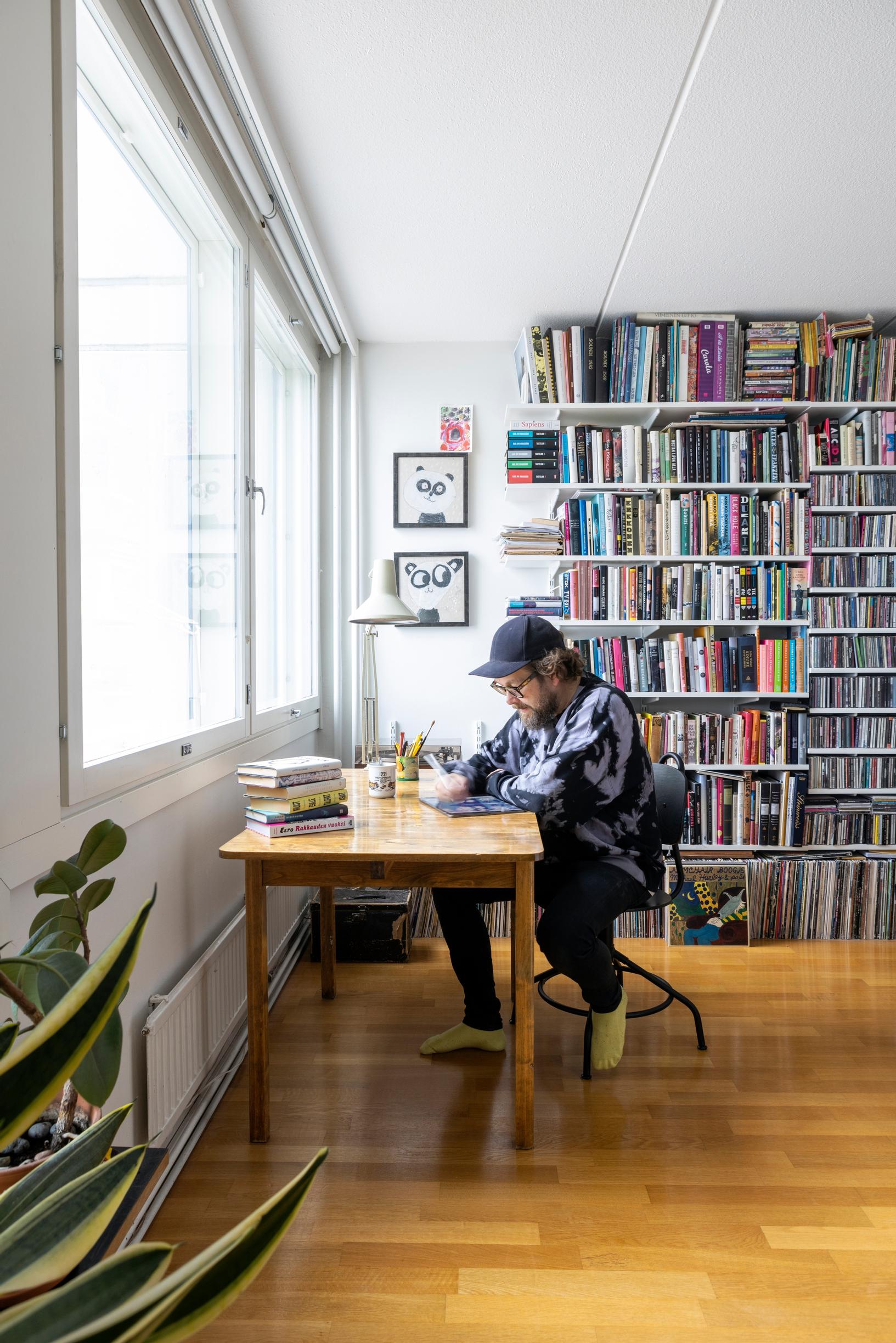
Jussi dreamed of having all his vinyl records lined up on the floor. In this home, that dream became reality.

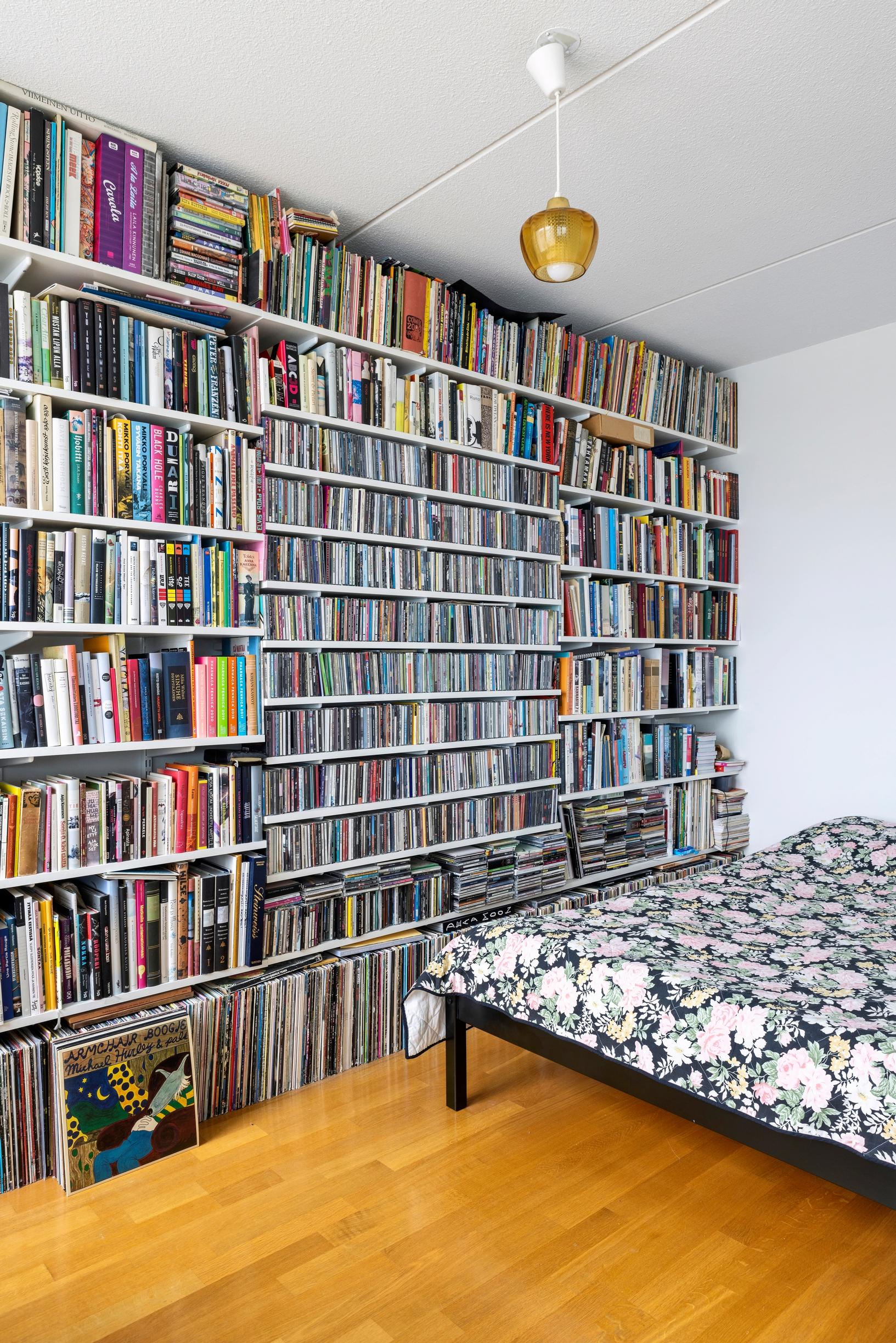

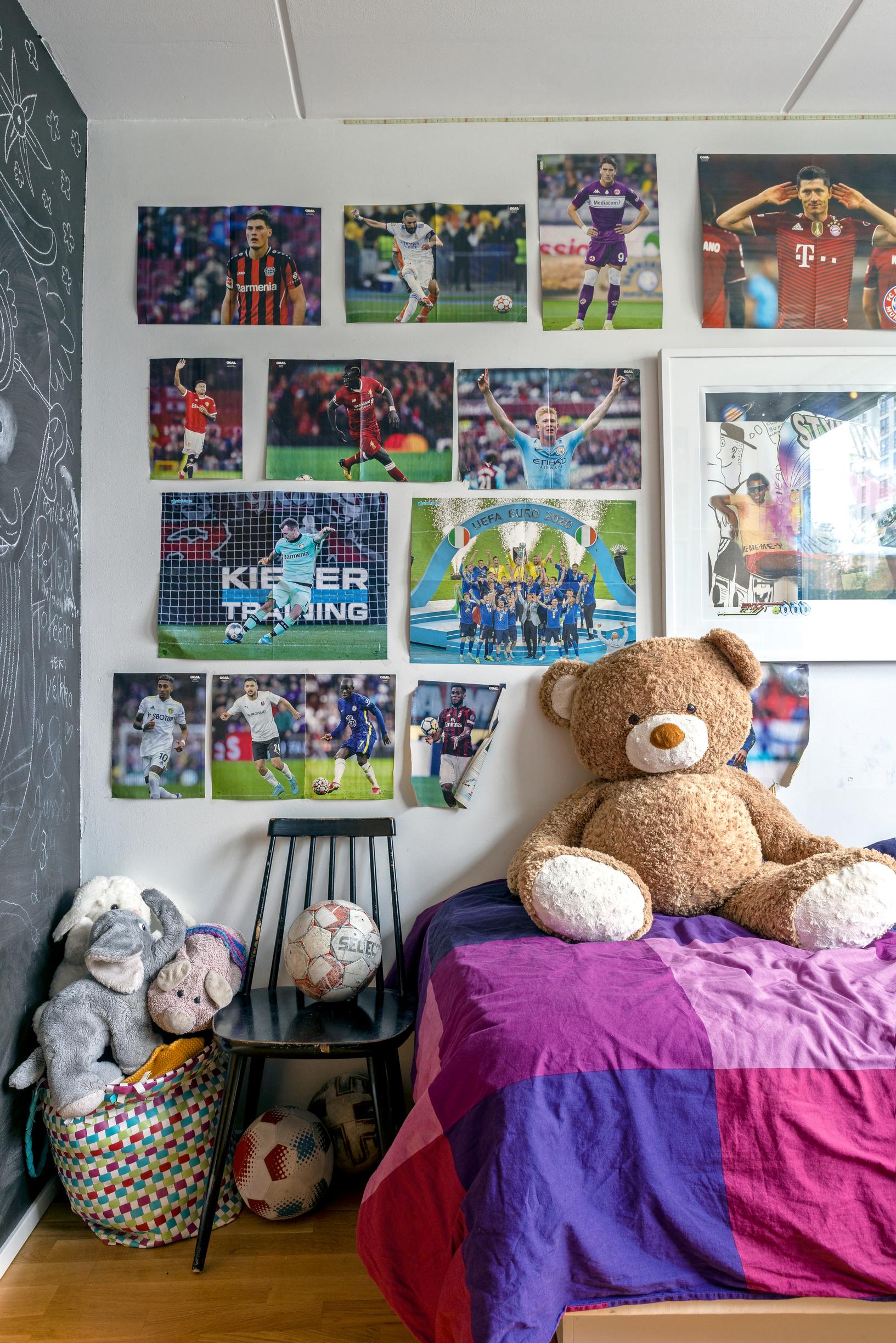

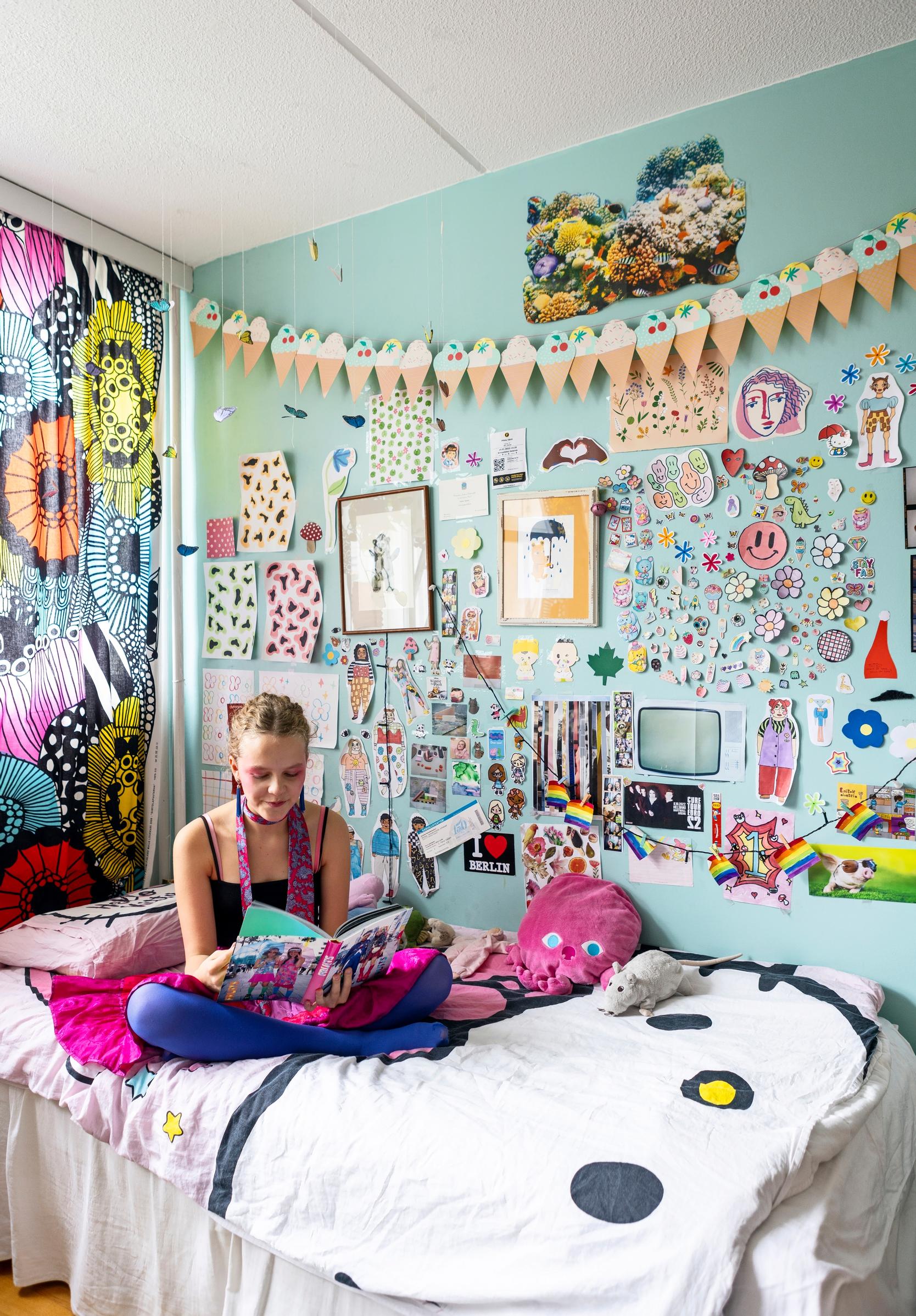

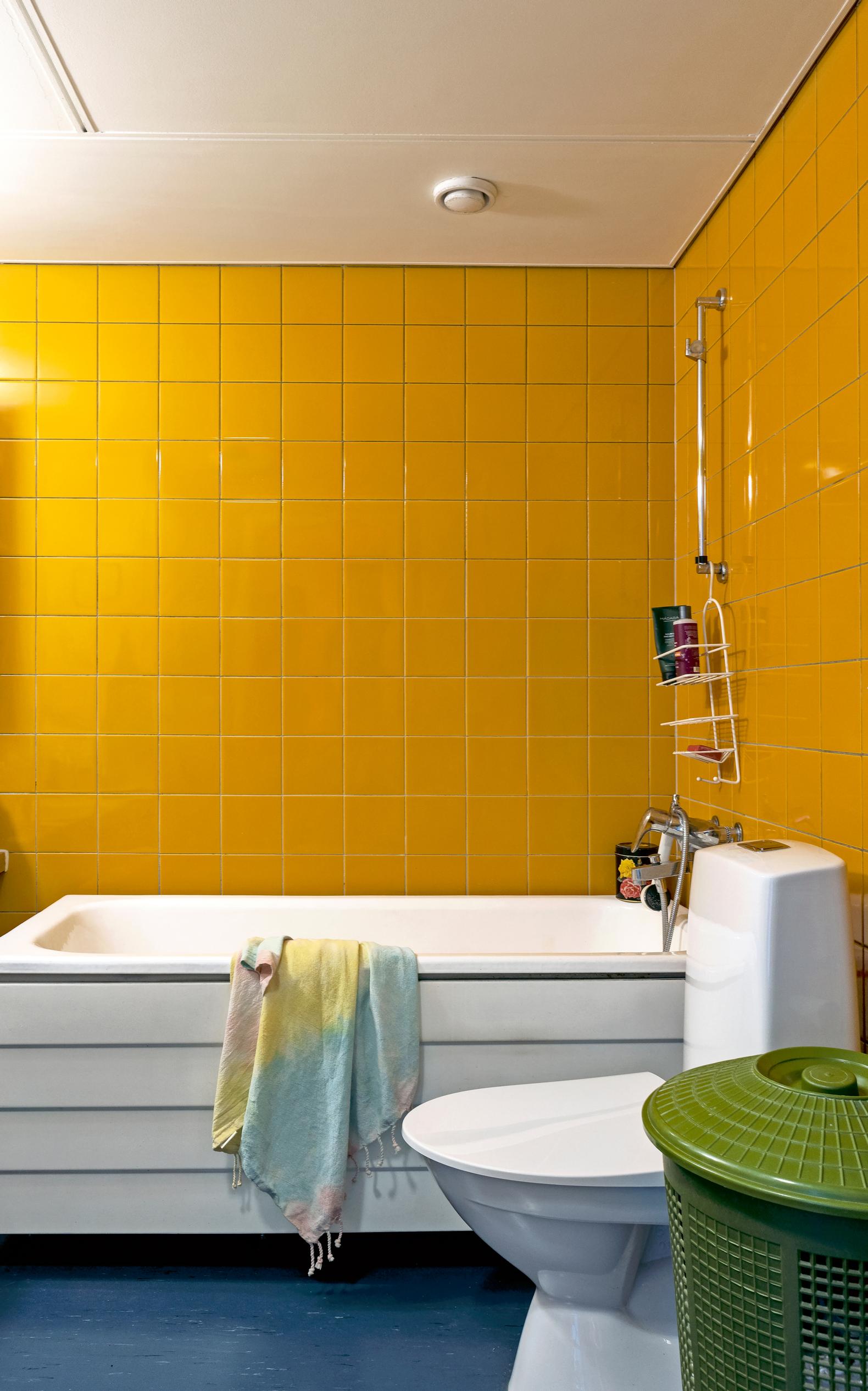
The Merihaka district stirs mixed opinions. Built in the 1970s and ’80s, it isn’t everyone’s favorite. The idea was to provide an affordable downtown Helsinki address for residents of different income levels, right by the sea. The roads and parking garage are tucked beneath the courtyard deck, so there are no cars in sight. It’s especially convenient for children.

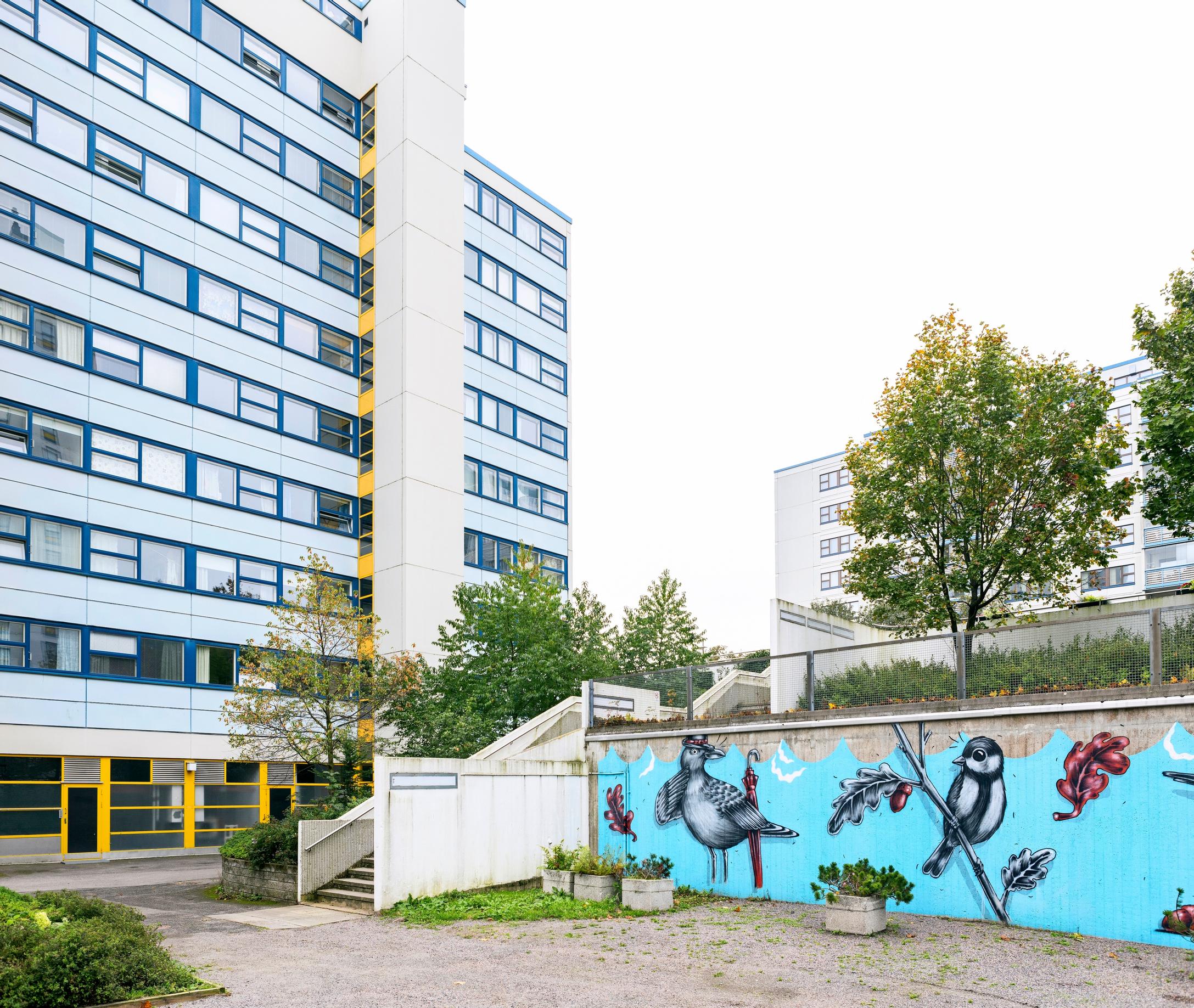

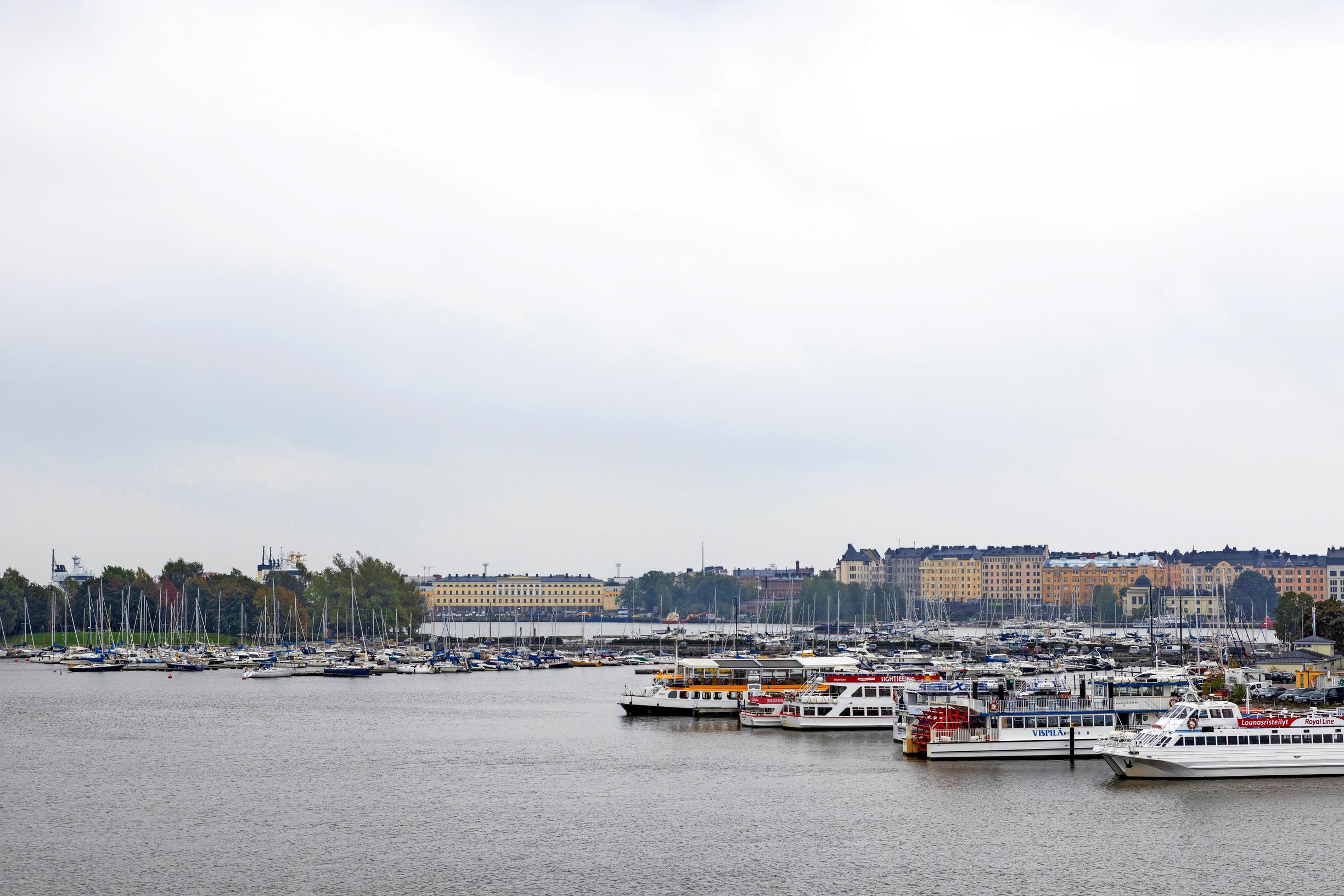

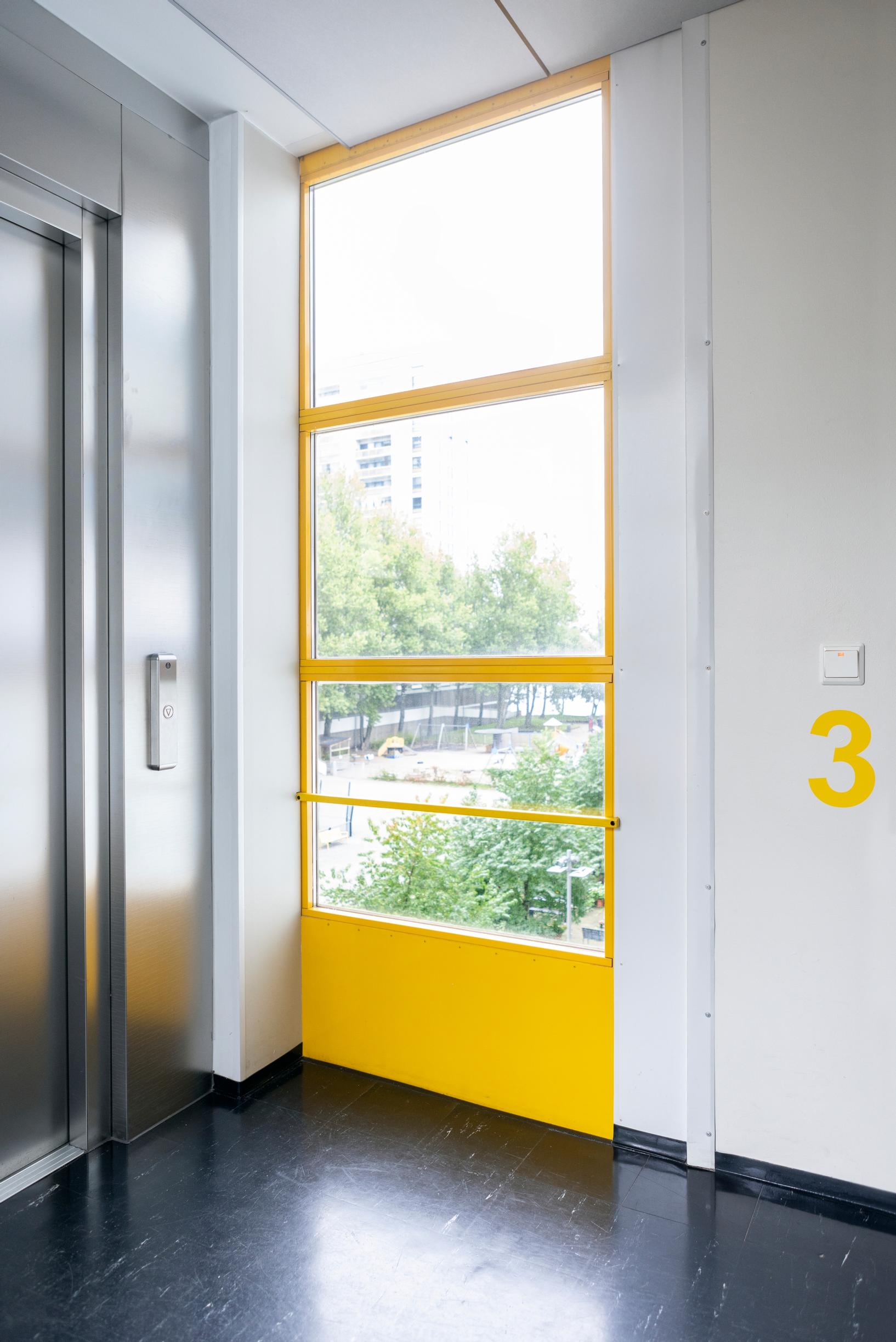

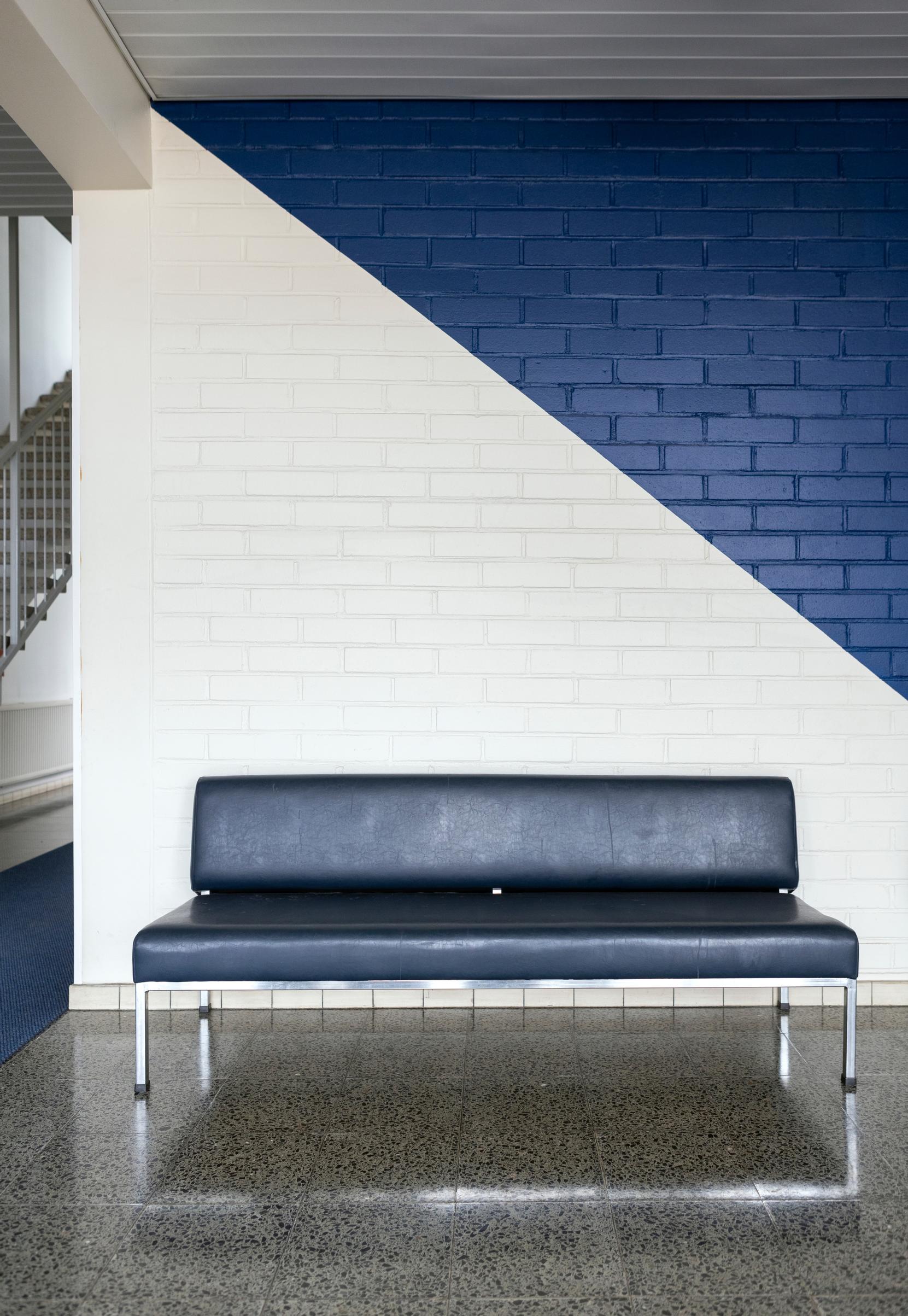

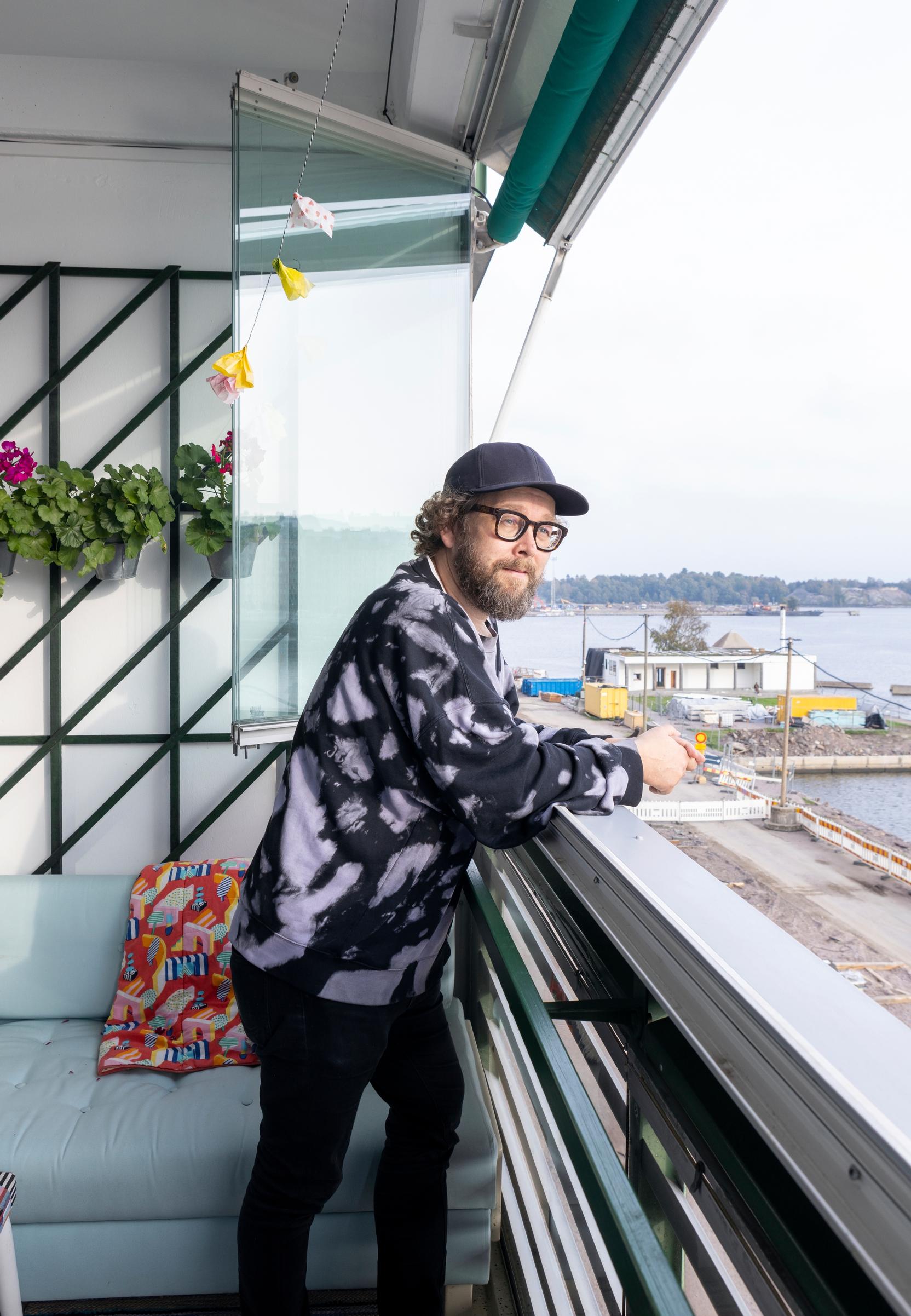
We can go for a swim right outside the building. We also picked up a kayak for paddling trips. The same view that amazed us on our first visit still leaves us speechless. We don’t have a traditional TV, and why would we, when our living room has a huge screen that’s always showing an ever-changing sea vista?
Jussi’s tips for acquiring art
- Buy art that you truly love. Don’t think of it primarily as an investment.
- Get to know and support emerging artists—they’ll be thrilled, and their prices aren’t astronomical yet.
- Remember art rental services, where you can test-drive a piece and return it if it doesn’t feel right. Often you can buy it eventually, too. Flea markets are also worth a look.


